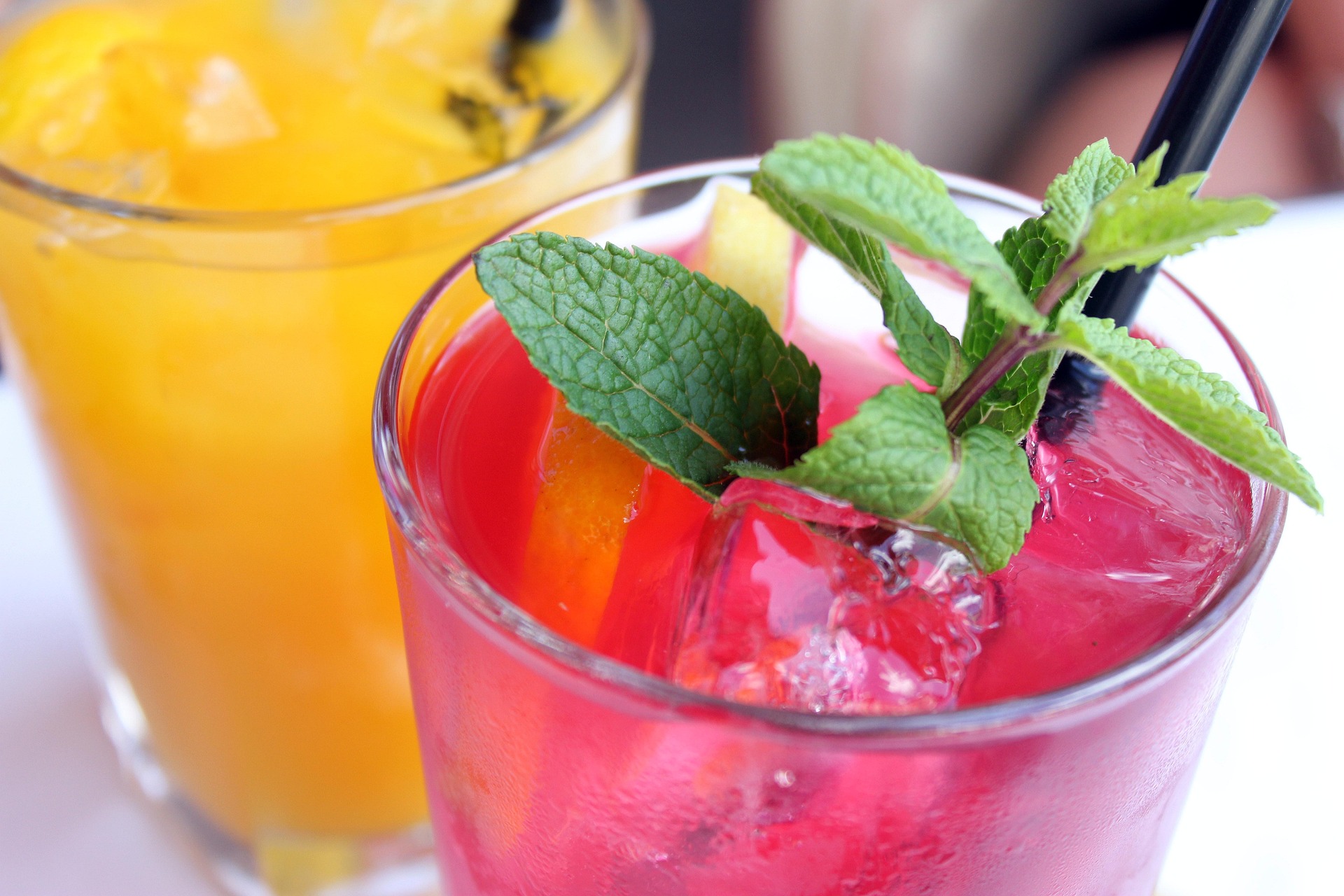Seasonal fruit-based drink recipes from around the world
Seasonal fruit-based drinks celebrate the flavors and produce available at different times of the year, translating local harvests into refreshing cocktails and nonalcoholic alternatives. This article explores fruit-forward recipes and techniques from multiple regions, highlighting mixers, syrups, infusions, and sustainable choices to help you craft balanced and vibrant beverages.

Cocktails: showcasing seasonal fruit
Seasonal cocktails start with fruit at its peak — ripe citrus in winter, stone fruit in summer, or apples and pears in autumn. Classic approaches pair the fruit with a spirit that complements its acidity and sweetness: tequila with citrus, bourbon with stone fruit, or rum with tropical fruits. Balance is key: use a measured amount of simple syrup or fruit purée and adjust acidity with lemon or lime. Including a small portion of savory or herbal element, such as basil or thyme, can add complexity without overpowering the fruit.
Mocktails and nonalcoholic options
Nonalcoholic fruit drinks are more inventive than ever, using reductions, shrubs, and soda-based mixers to deliver texture and depth. For example, a winter mocktail might feature spiced pear purée and warm chai syrup topped with sparkling water, while a summer version can use muddled berries and cucumber with a splash of citrus soda. Paying attention to mouthfeel — adding a dash of saline solution or a touch of glycerin for silkiness — helps mimic the fullness of alcoholic cocktails while keeping the profile refreshing and balanced.
Mixers, syrups, and infusions
Homemade mixers and syrups extend the life of seasonal fruit: simple syrup infused with citrus zest, berry purées stabilized with a bit of lemon juice, or cordial-style reductions preserve flavor for months. Infusions turn neutral spirits or vinegars into concentrated carriers of fruit essence; infusing vodka with ripe peaches or making an apple-cider vinegar shrub creates versatile ingredients for multiple recipes. Keep syrups at a 1:1 sugar-to-water ratio for easy use, or reduce sugar for a less sweet mixer. Store syrups refrigerated and label with date and fruit used.
Using bitters and garnishes effectively
Bitters are a small but powerful tool to round out fruit-based drinks. Aromatic or citrus bitters can harmonize overly sweet elements, while herbal bitters add an earthy counterpoint. A dash or two often suffices. Garnishes should reinforce the drink’s character: charred citrus, dehydrated fruit slices, fresh herb sprigs, or edible flowers. For fruit-forward cocktails, a thin twist of peel releases essential oils into the nose, enhancing perceived freshness. Use garnishes purposefully to signal key flavors rather than as mere ornamentation.
Bartending techniques and mixology tips
Technique matters for fruit drinks: shake with crushed ice for fruitier, chilled textures; double-strain to remove seeds and pulp for a cleaner presentation; and use a muddler gently to avoid releasing bitter pith. When working with highly perishable fruit, prep in small batches and assemble drinks to order. Use calibrated jiggers for consistency and taste as you build recipes to adjust sweetness and acidity. Recording simple recipe ratios — spirit, citrus, sweetener, modifier — helps scale drinks while preserving balance in different servings.
Sustainable sourcing and seasonal guides
Choosing seasonal and local produce reduces waste and often improves flavor. Farmers’ markets and community-supported agriculture (CSA) boxes can inspire recipes based on what’s abundant. When a fruit is plentiful, consider preserving via freezing, drying, or reducing into syrups and jams to extend use beyond its brief peak. Compost fruit scraps and peels where possible, or use citrus peels for infusing spirits and making candied garnishes. Prioritizing seasonal availability supports local growers and tends to lower the environmental footprint of your beverage program.
Conclusion Exploring seasonal fruit-based drinks encourages creativity and attention to balance—whether crafting cocktails, mocktails, or home-mixed syrups and infusions. Applying basic mixology principles, mindful sourcing, and practical preservation techniques lets you enjoy vibrant fruit flavors year-round while minimizing waste and maximizing taste.





